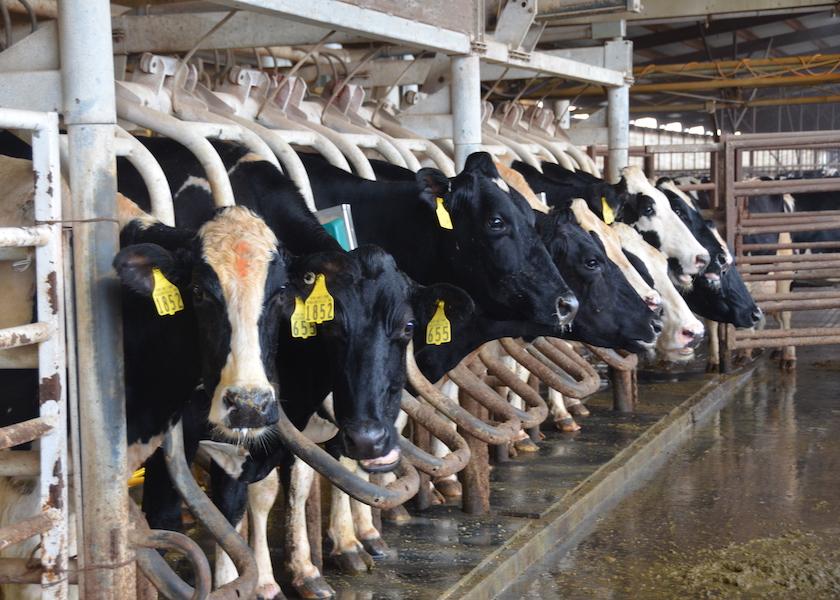October U.S. Milk Production Report Shows Mediocre Performance

Down 0.5% with 18.7 billion lbs. of milk, the October 2023 USDA Milk Production report did not document much change from the previous year. Following suit, milk production per cow in the 24 major states declined by 3 lbs. per cow.
The number of milk cows on farms in the 24 major states was 8.91 million head—19,000 fewer head than October 2022, and 5,000 fewer head than September 2023. This is the seventh straight month of stead to lower cow numbers and the smallest herd since January 2022.
“While the headline figure was a little lighter than we anticipated, the basic story hasn’t changed much,” Phil Plourd, president of Ever.Ag Insights, says. “Fewer cows and some lingering weather impact continues to translate into mediocre milk production performance.”
Plourd says it’s hard to imagine things will be much different in November.
“While we continue to monitor comparatively light slaughter activity with interest. I wonder, could cow numbers stabilize in the months ahead? The other big question: will output in the Southwest find its footing as we get past bad weather and into easier comps,” he asks.
One Billion Pound Club
Six states comprised the one billion pounds of milk club, although with a mixture of increases and decreases.
- California: 3.317 billion lbs., 88 million lbs. less than last year (-2.6%) with 10,000 fewer cows.
- Wisconsin: 2.692 billion, +23 million lbs. (0.9%) with 1,000 fewer cows.
- Idaho: 1.384 billion, down 19 million lbs. (-1.4%) with 2,000 more cows.
- Texas: 1.381 billion, 27 million less than last year (-1.9%) with 20,000 fewer cows.
- New York: 1.348 billion, 28 million more than last year (2.1%), with 3,000 more cows.
- Michigan: 1.010 billion, 26-million-pound increase (2.6%), and 11,000 more cows.
Other states of note include New Mexico which saw the second-largest production decline (52 million lbs., 9.0%) with 24,000 fewer cows. On the upside, South Dakota increased 24 million lbs. (6.6%) and 13,000 cows.







